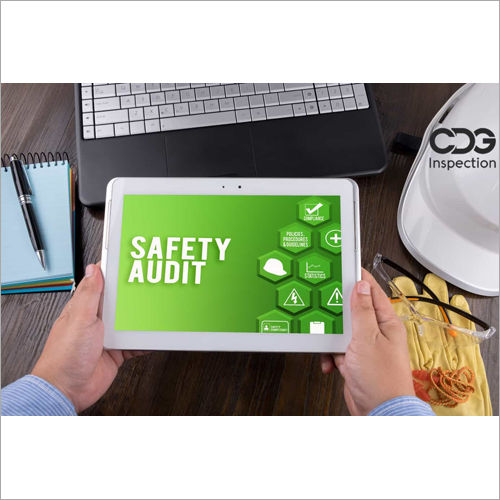Health and Safety Audit
Product Details:
Product Description
Safety audit definition and explanation, Safety auditing is a core safety management activity providing a means of identifying potential problems before they have an impact on safety. A safety audit is a general term used to describe an activity where the facility gathers information about one or more aspects of the workplace to evaluate the risk levels for health or safety issues. HSE audit assessment of an organizations health and safety policies systems and procedures primarily audits enable you to protect employees and customers from harm, What are the types of audits, What are internal audits, That is normally performed by the internal team to evaluate the current state as an effect of a management system, What are external audits, It is the second type of audit which is usually conducted by a third party to evaluate and examine the effectiveness of the current management system. What are the sources of evidence auditors look for, 1. For example, method statement, HSE policy procedures, training record, maintenance record, inspection record, risk assessment, incident records, civil claims, accident investigation reports, statutory examinations record etc. The steps to carryout an audit, An audit is carried out in three steps. 1. priority preparations. Auditors use three methods to gather factual information, One the scope of the audit Will it cover just health and safety or environmental management as well, Two, the area of the audit. Will it be just one department or all departments, Three, the extent of the audit, The fully comprehensive audit which may take weeks or more selectively for who will be required. Auditors will need to be accompanied during their visit and will need access to managers and workers for information gathering. Five, information gathering, It is common practice for auditors to ask for copies of relevant documentation before starting the audit so that they can prepare what is needed during the audit, Auditors use three methods to gather factual information, One, reference to paperwork. The documents and records that indicate what should be happening and what has happened, relevant to a particular issue, Two, interviews, Word of mouth evidence was given by managers and workers. Three, direct observation of the workplace equipment activities and behaviour. What is the end of the audits, Verbal feedback or presentation to the management team is usually provided at the end of an audit. This verbal feedback will be followed by a written report. The report will make a recommendation for improvement and indicate priorities and timescales. The importance of conducting a safety audit. Organizations conduct safety audits to comply with laws or regulations and to provide a safe workplace for everyone. A safety audit identifies different levels of risk in each work area of an organization. One identify the risks and levels of those risks within the workplace. Two, to identify strengths and weaknesses in your safety procedures. Three, assess whether your safety procedures are legally compliant. Four, compare current documentation and practices against best practice and legal obligations. Five, recommend improvements in your safety procedures. Six, ensure that there are adequate resources available to manage OHS and Seven, ensure that the resources devoted to health and safety are being utilized effectively. What is the primary purpose of a safe self audit, To ensure employee compliance with the organizations safety programs. A safety self audit is conducted by an employer to assure the organization that employees are following safety related policies and procedures. How many types of safety audits are there, There are three main types of audits, One, product audit, Two, process audit, Three, system audit.
Product details
| Mode Of Report | Soft Copy |
| Audit Type | Safety Audit |

Price:
- 50
- 100
- 200
- 250
- 500
- 1000+








